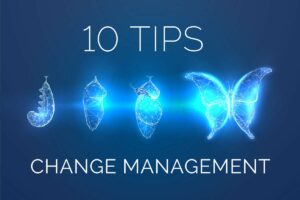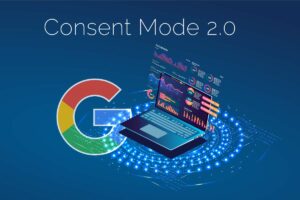Buyers today know more – much more! Therefore, salespeople must always be one step ahead of their customers. For example, with the help of the Inbound Sales Strategy and HubSpot.
The supposedly clueless customer to whom you first have to explain the world no longer exists. The Internet has turned customers into independent, responsible buyers. They inform themselves on the net, search for and compare offers. Above all: they know pretty well what they want and what they need. They know their problem, can name it concretely and want the best solution for it.
When a customer comes into contact with Sales, he has often already completed part of the Buyer’s Journey. He now knows more about products and solutions than the sales department does about the potential new customer. This makes it challenging for B2B sales to generate good leads and sustainably convert them into buyers.
The inbound sales strategy and HubSpot support new customer acquisition and help turn as many leads as possible into customers.
What is the inbound sales strategy?
The inbound sales strategy focuses on the customer. And that means educated, informed customers. It is up to sales to approach potential new customers with the right information at the right time, to pick them up where they are in the buyer’s journey, and to accompany them through to the conclusion of the purchase.
Inbound sales employees do not sell. Accompany you!
Inbound sales organizations use a personalized sales process that turns unknown people into qualified leads and long-term customer relationships. Inbound Sales focuses on the needs of potential customers throughout the buyer’s journey and directly addresses their pain points.

With the inbound sales strategy, unknowns become qualified leads and good customers.
The 3 phases in the purchase
CONSCIOUSNESS
The respective pain point of the customer is the trigger for the search for a solution.
=> In this phase, the sales department should have as concrete an idea as possible of the needs of potential customers and be able to understand them well.
CONSIDERATION
Here it becomes clear to the customers what exactly their problem is. They can name it and specifically look for solutions. They obtain information from various sources and compare offers in order to find the best solution for them.
=> At this stage, the sales team should have a solid understanding of the various solution options and be aware of the pros and cons. It should be clear what differentiates its own offering from the competition and what added value can be offered to the customer.
DECISION
The customer has chosen a solution that is the best from his point of view.
=> Ideally, it’s your product because you’ve made the customer feel understood and that they’re getting real value from your solution.
The 4 stages of the inbound sales strategy
The Inbound Sales Process at a Glance
Inbound sales is fundamentally different from traditional sales. Whereas there the sales team has to sell – driven by sales pressure and targets – the new sales method inbound sales focuses on customer needs. Salespeople become companions to potential customers.

1. IDENTIFY:
The first step is to identify the right potential customers . Where are they? What makes them tick? What drives them? Where are their pain points? How is their Buyer’s Journey going?
2. CONNECT:
At stage two, the first contact is made with leads. With your help, leads figure out if they want to pursue or even prioritize their goal.
3. EXPLORE:
In the third step, you will learn details about the goals of the already qualified leads. At this point, the sales department considers whether its own offer is suitable for the lead, what added value it offers, and what other possible solutions there are.
4. ADVISORY:
In the last step, you accompany the potential customers in the decision-making process. You advise that your offer is best suited to solve the customer’s problem.
The sales conversation in the inbound sales strategy
It is personally tailored to each customer and oriented to their timeline. Based on 6 guiding principles, it leads from the problem definition to the solution, including support during the implementation.

Find out what you can specifically do to establish even more qualified customer relationships with the inbound sales strategy in our next blog post.
If you would like support in implementing your inbound sales strategy, we will be happy to advise you and help you reach your potential customers in the best possible way.
Until the next update – your Growth Ninjas,
Adrienne, David, Hermann, Johannes, Katharina B., Stefan K. & Stefan G.



